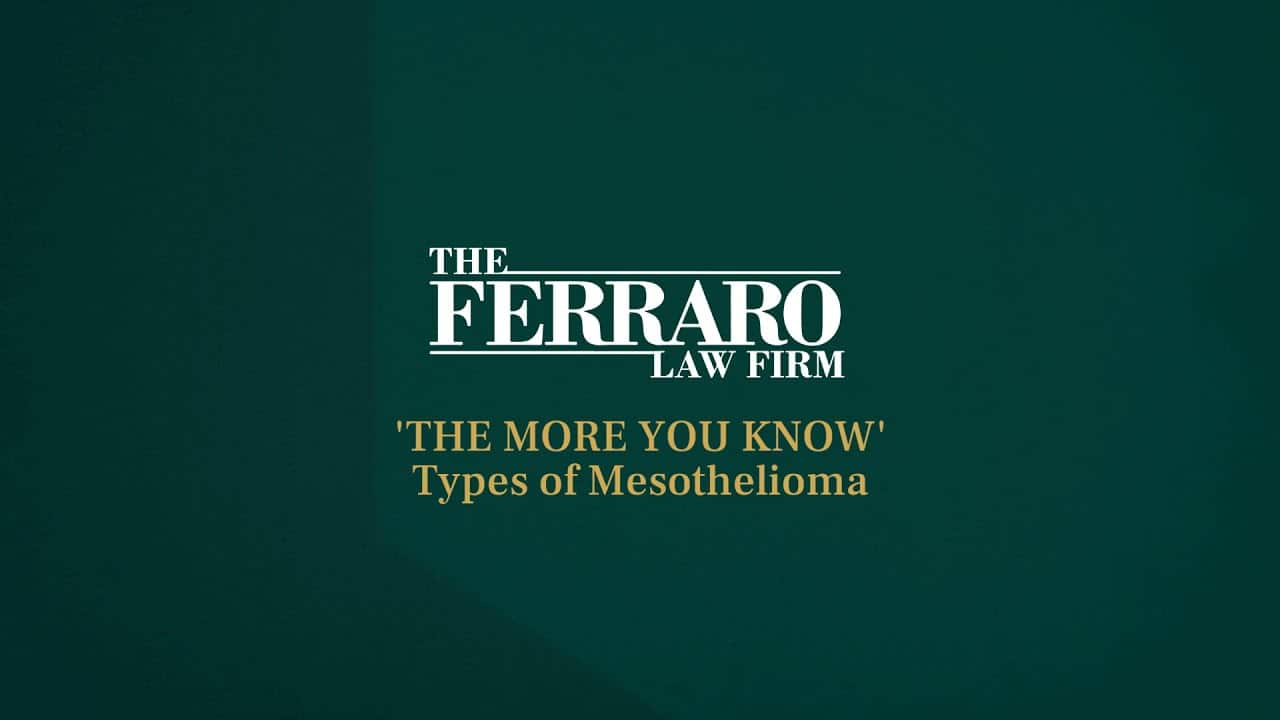If you were seriously injured, remember that it is crucial to choose the right law firm to represent your interests. We have been doing this for more than three decades, and have the resources you need to challenge any opponent.
Dangerous Asbestos Sites in Santa Ana, Los Angeles, and Newark
Mesothelioma Lawyers have been working on a series about dozens of vermiculite refineries across the country that have been blamed for spreading harmful asbestos to different parts of the United States. In this next blog entry, we discuss some West Coast sites that could have harmed people.
Vermiculite is a natural mineral that contains asbestos. Asbestos was used for most of the 20th century to insulate houses, create floor and ceiling tiles and other manufactured goods. The United States military was one of the largest buyers of the material.
One particular mine in Libby, Montana supplied 70 percent of the country’s vermiculite and shipped it to plants from California to New York. In processing it, workers were often exposed to asbestos, which has been linked exclusively to the deadly cancer, mesothelioma. In many cases, family members may have suffered secondhand exposure to deadly levels of asbestos. That small town has had thousands of people fall ill and hundreds killed because of exposure to asbestos. The federal government has earmarked more than $100 million to help provide testing and cleanup in Libby, some 21 years after the mine was shut down.
While asbestos has never officially been banned in the United States, most businesses don’t use it because of its link to illnesses, such as mesothelioma. Microscopic asbestos fibers are ingested and make their way through a person’s bloodstream and attach to the walls of major organs, such as the lungs and heart. They fester for sometimes 30 to 40 years before a person is diagnosed.
Recently, the Centers for Disease Control and Prevention produced a report on 28 sites that received vermiculite from the Libby mine. They put out public health alerts for citizens who may have been affected by exposure to asbestos.
Mesothelioma in Santa Ana: This W.R. Grace & Company plant operated from 1972 to 1993. It exfoliated more than 400,000 tons of vermiculite. W.R. Grace still owns the four-acre site and in 1990, more than 35,000 people lived within one mile of the plant.
The CDC warns that former workers, their relatives and others who may have lived near the plant could be at risk for asbestos exposure and related diseases.
Asbestos in Los Angeles: This Zonolite/W.R. Grace & Company site operated from 1950 to 1977 and exfoliated more than 120,000 tons of asbestos-contaminated vermiculite.
The facility consists of 2.75 acres of land on the north side of greater Los Angeles. According to the CDC, about 1,800 people lived within one mile of the site in 1990. Between 70 and 150 workers were exposed to asbestos when the plant was operational.
Asbestos in Newark: This W.R. Grace & Company plant operated from 1966 to 1993. And in that time, employees processed about 300,000 tons of vermiculite from the Libby mine.
The Newark plant produced gypsum, perlite and peat moss. The plant, which is on the southeast edge of San Francisco Bay, is in a mixed commercial, industrial and residential area. In 1990, about 10,000 people lived within a mile of the site.
The Ferraro Law Firm provides extensive legal services, including cases related to asbestos exposure and mesothelioma lawsuits.
Table of Contents
Frequently Asked Questions: Mesothelioma & Asbestos
What is asbestos?
Why is asbestos dangerous?
What are asbestos-related diseases?
What causes mesothelioma?
What are the different types of mesothelioma?
What are common mesothelioma symptoms?
Do I qualify for compensation if I have mesothelioma?
What is the life expectancy for someone with mesothelioma?
Do I qualify for compensation if I have mesothelioma?
Contact The Ferraro Law Firm at (888) 554-2030 to explore your legal options with our knowledgeable legal team.






